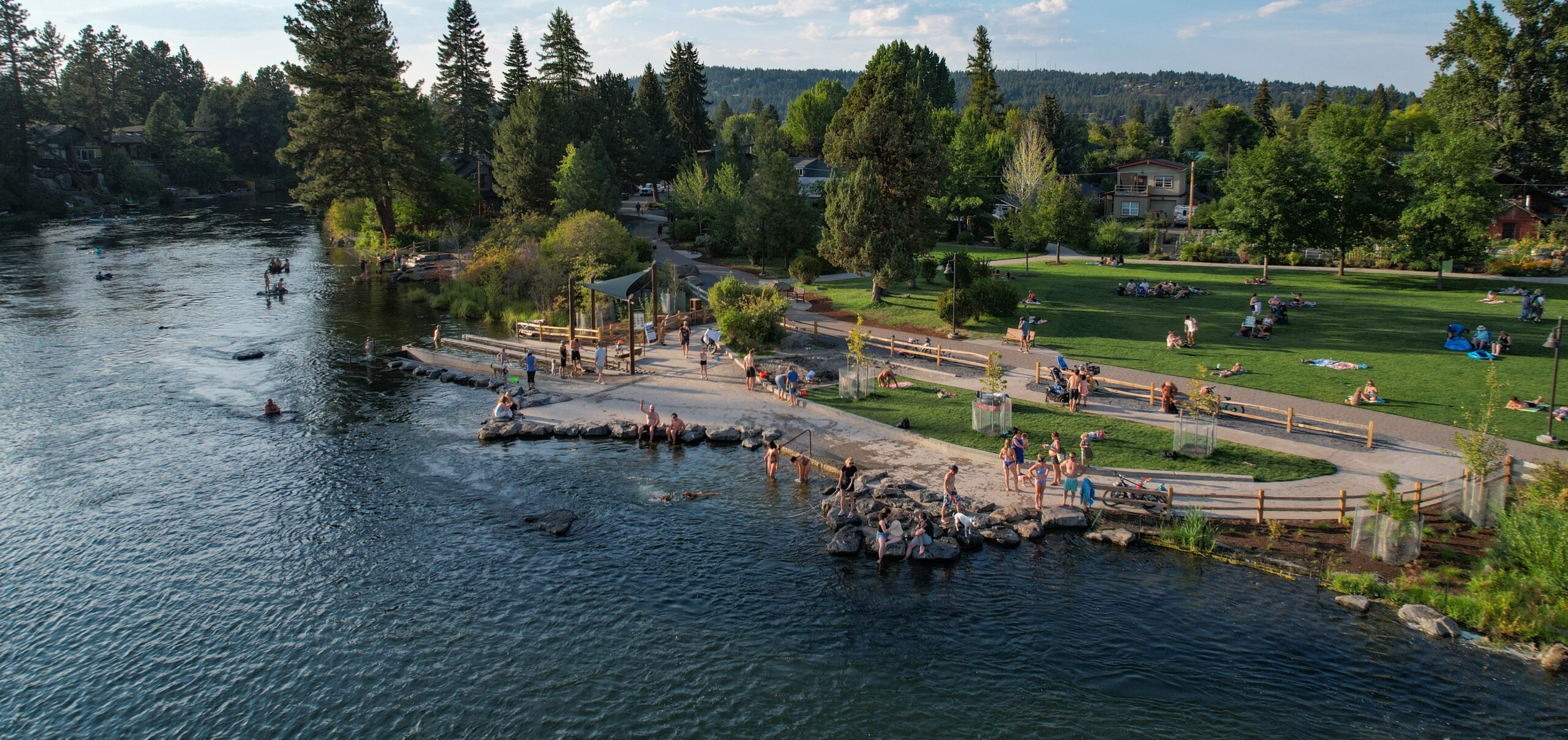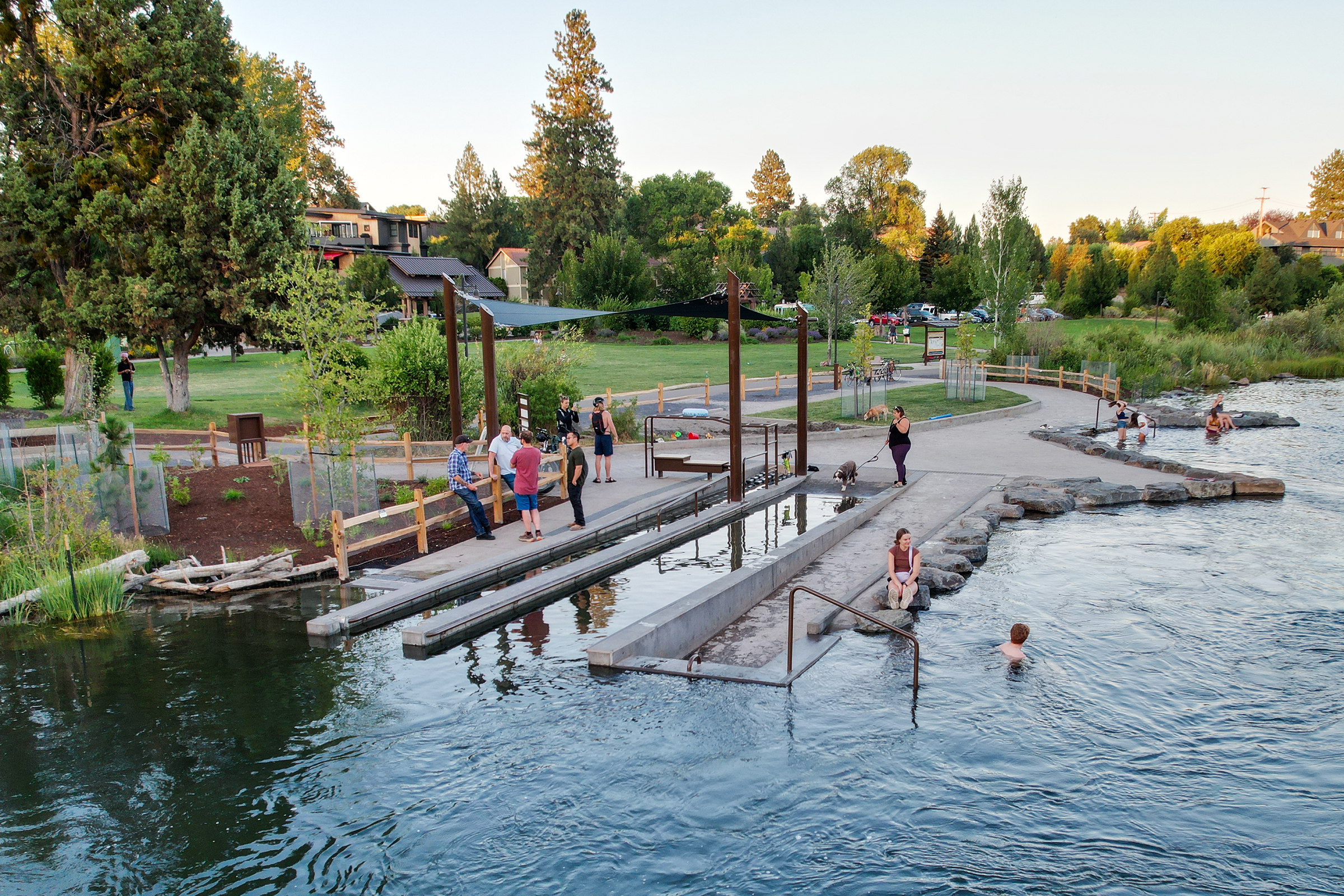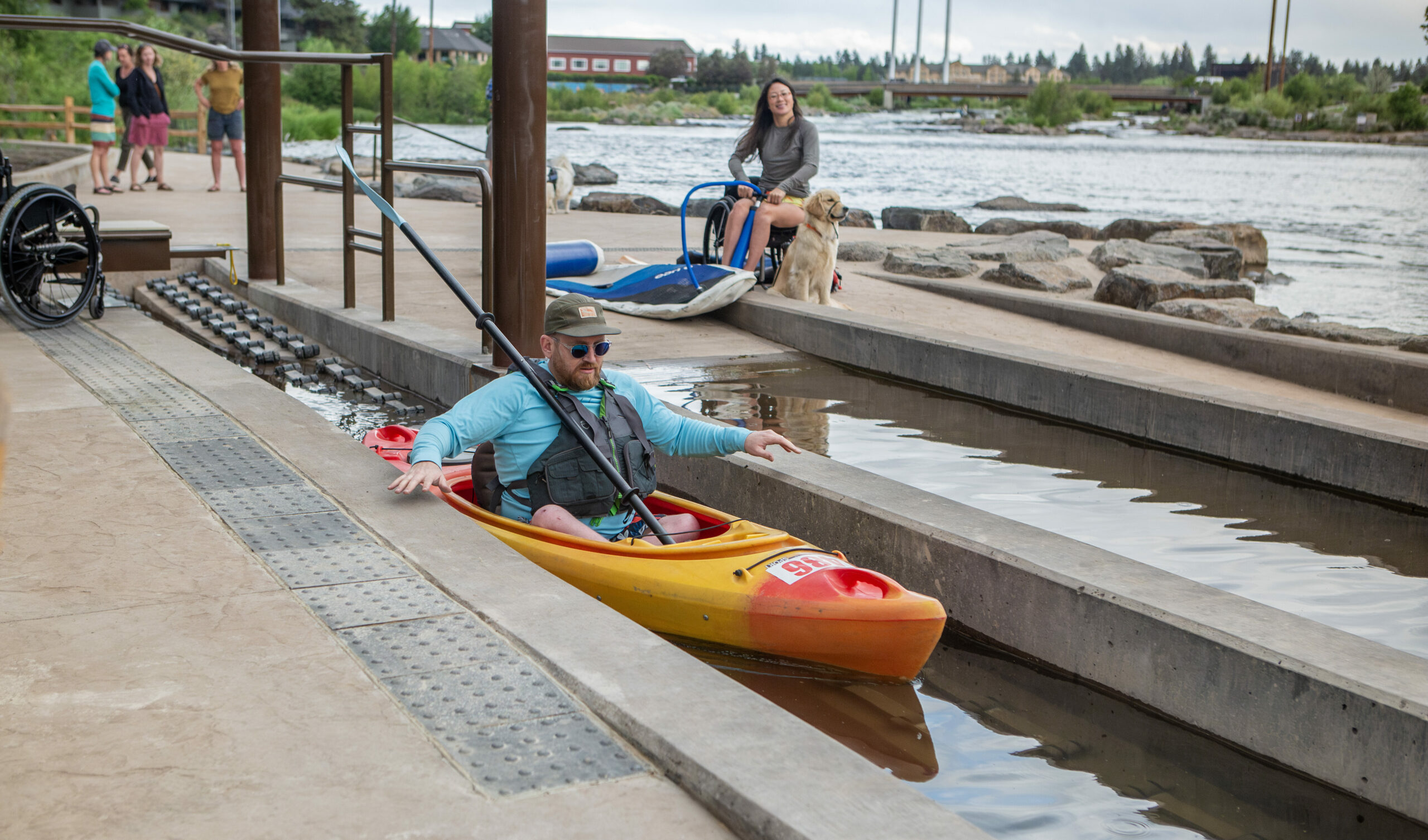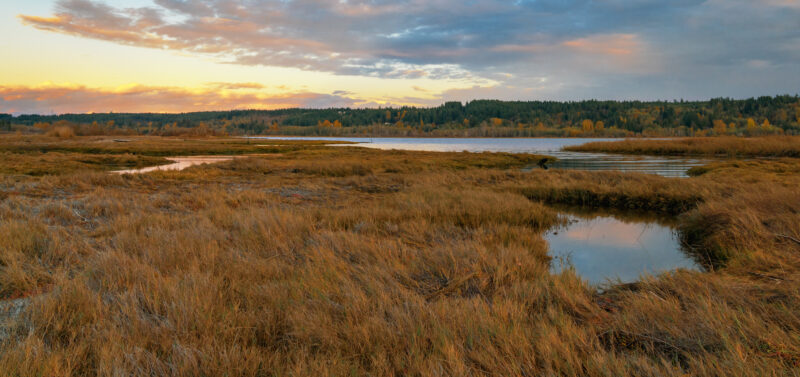The four proposed rules could amount to a substantial weakening of one of the United...

Miller’s Landing River Access and Restoration Project
The Miller’s Landing River Access & Restoration project sets a new standard for inclusive outdoor recreation by providing Central Oregon with fully accessible river entry for people with disabilities.
Why does this project matter?
Located in the heart of Bend, Oregon, Miller’s Landing Park is a central and much-loved access point to the Deschutes River. The 1.6-acre site lies within a highly trafficked river corridor where two informal access points—one developed, one user-created—had become increasingly unsafe, ecologically degraded, and lacked accessible water access. As one of three downtown parks prioritized for river access upgrades in Bend Park & Recreation District’s (BPRD) 2018 Comprehensive Plan, Miller’s Landing was identified as a key site to address pressing community needs: inclusive recreation and ecological restoration.
Designed with sustainability in mind, the project features native riparian plantings, locally sourced rock, shaded staging areas, and in-water elements that enhance fish and wildlife habitat. It restores degraded riverbank while empowering all users to engage independently with the Deschutes River—uniting accessibility, ecological function, and community values.
What is ESA doing to help?
Working with the Bend Park & Recreation District, ESA led the design, permitting, and construction monitoring of the project to develop an inclusive, resilient space that enables independent river access while supporting long-term environmental health. ESA worked with accessibility consultant, Empowering Access, to ensure solutions met the highest standards for inclusive design.
The engineering team conducted river access and feasibility studies, site survey and analysis, and developed initial concept designs. After extensive public engagement and coordination with regulatory agencies and interested parties, the ESA team progressed the design through final design and bid documents development. ESA led regulatory permitting coordination and application development, including a Biological Assessment (BA) for listed Oregon Spotted Frog, a mitigation plan for the US Army Corps of Engineers (USACE) and Oregon Department of State Lands (DSL).

Two river access sites were redeveloped to improve recreational access and address erosion and degradation. River access improvements included an accessible watercraft launch with a transfer bench and roller ramp, and an innovative “dry ramp” providing an accessible swimming access option. Additional improvements included grouted boulder terracing for stepped entry and seating, stairs and ramps into the river, shade structure, sand box, and erosion control plantings. The habitat was enhanced with instream boulders, large wood, riparian plantings and creation of a wetland sedge bench, to protect against erosion and degradation by recreational users. The project provides fully ADA-compliant river access for users of all abilities, protects and restores over 150 linear feet of riverbank, and improves habitat for fish and wildlife in this critical urban corridor.
The project sets a new precedent in Central Oregon for equitable river access and balances recreational river access with riparian habitat protection and enhancement.
Connect with our team
“This is a truly novel concept we are excited about because, as far as we are aware, this type of access does not exist on a river in North America.”
Details
Client Bend Parks and Recreation
Location Bend, Oregon
Market Community Development
Services
Biological Resources
Compensatory Mitigation
Environmental Compliance
Agency Consultation & Coordination
Construction Compliance Monitoring
Permitting Assistance
Fish and Aquatic Sciences
Special Studies
River Engineering & Management
Hydrology, Hydraulics & Geomorphology
Landscape Architecture
Design
Restoration
River & Floodplain Restoration

The river access system features a dry ramp, wet ramp, and roller launch for people of all abilities to enter the water. Photo courtesy Greg Kleinert.
News & Ideas
If finalized, the Waters of the United States Proposed Rule would reduce the geographic extent...
ESA’s federal strategy and NEPA experts have been staying abreast of the shifts in federal...
As we kick off 2026, our federal policy and permitting experts are hitting the road...
The following speech was delivered on November 7, 2025, in Salt Lake City, at The...
The commercial drone package delivery sector is growing rapidly, with multiple operators looking to gain...






